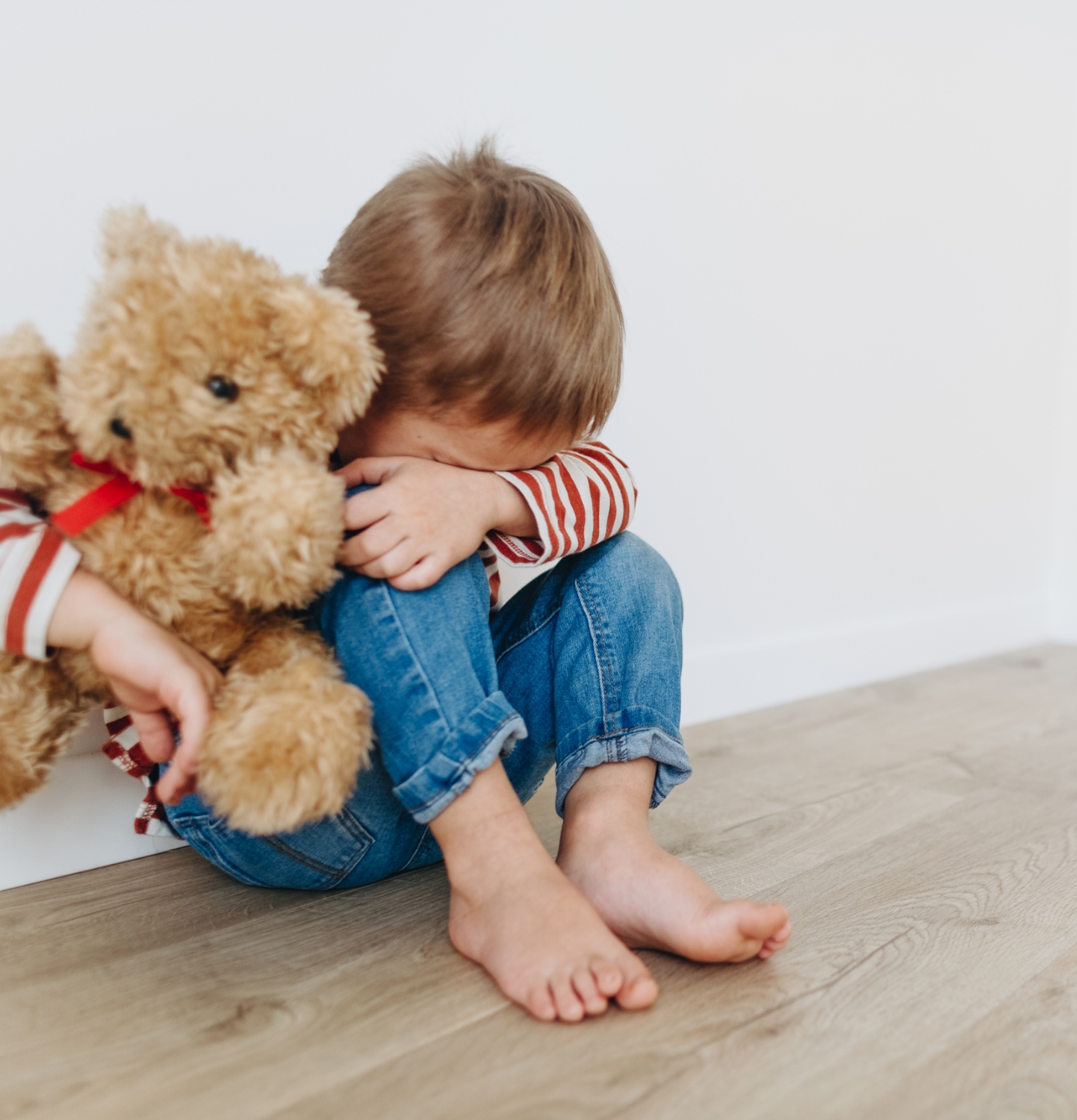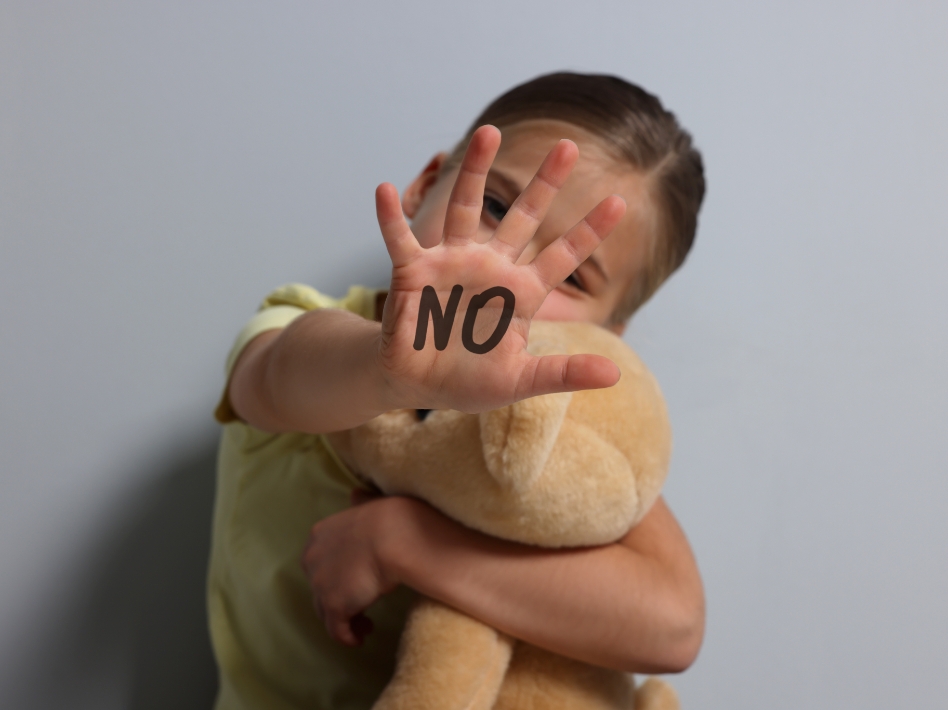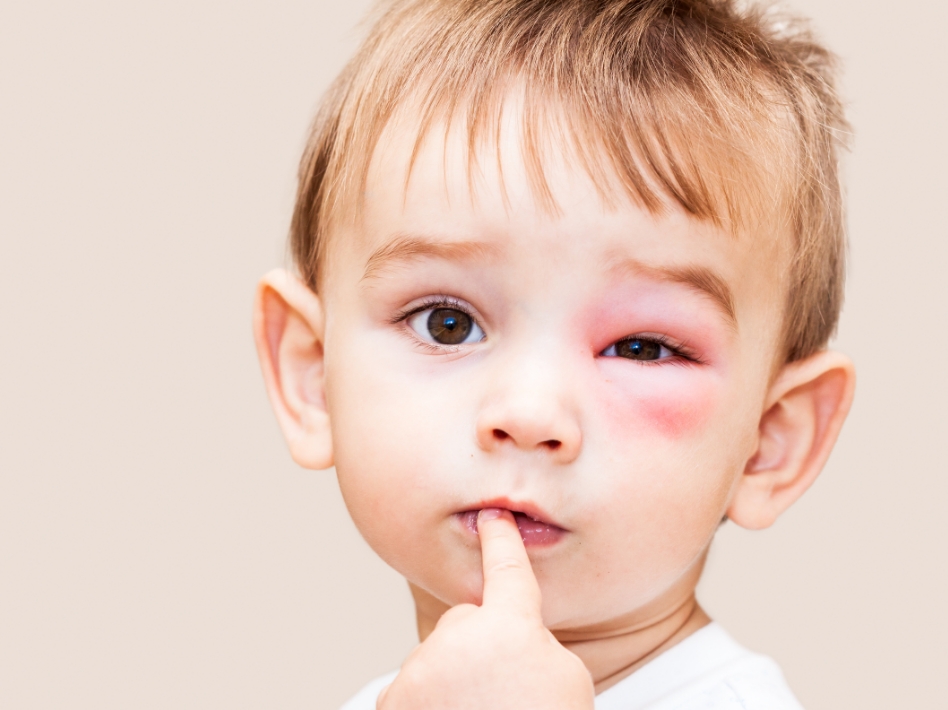CAP-C is grounded in human-centered design that puts real people with lived experience at the center of the development process. Our CAP-C initiative is anchored in child abuse survivors and stakeholders sharing with us what could have prevented their abuse and providing informed input on what should be done to prevent other children from being abused. From here, we have built a partnership model by convening 40+ agencies in Fort Bend County, all involved in different aspects of children’s safety, protection, health and welfare to create connections and share best practices. Historically, these organizations have operated largely independently, each carving out their niches and areas of expertise and specialty. Under CAP-C, these organizations have joined together as a collective, all united in one common goal of ending child abuse.
Together, we can reduce child abuse, help children who have been abused heal and thrive, and prevent other children from becoming victims.
Explore CAP-C organizationsTo speak in one voice as a collective of child abuse professionals to advance the understanding of the issue of child abuse across Fort Bend County so that prevention and early intervention of child abuse are possible.
To reduce the number of children and youth in Fort Bend County experiencing abuse or neglect.
The issue of child abuse and child abuse prevention is extremely complex, involves numerous systems, has evolved with institutional barriers established over years and often does not include the voice of those stakeholders most impacted – the children, victims and parents.
Our big, hairy audacious goal of establishing a child abuse prevention collaborative is visionary, iterative, and evolutionary. We believe it’s the right thing to do to change the trajectory of child welfare in Fort Bend County to become more proactive, prototypical and transformational.


Child abuse affects children from every socioeconomic group – rich, poor and middle income and every gender, race, ethnicity, religion and community. Child abuse is an Adverse Childhood Experience (ACE) that can have lifelong consequences for the health and wellbeing of survivors well into adulthood. Child abuse can also have a ripple effect and generational impact resulting from the trauma of abuse.
Child sexual abuse has historically been regarded as a criminal justice issue with a focus on identification, restoration and justice after the abuse has occurred. This was largely fueled by the misconception that nothing can be done to prevent it.
It is now time to expand and reframe child abuse as a public health issue with a criminal or civil element. Today, experts believe child sexual abuse and other forms of child maltreatment are largely preventable. It is through this reframing that we can broaden our focus and move upstream to impact the prevention of abuse.


Child sexual abuse has both immediate and long-term impacts on individuals and multiple systems. Children who are abused are at a higher risk of physical illness and early death, mental illness, substance abuse, school dropout, joblessness, homelessness, incarceration and vulnerability into commercial sexual exploitation and trafficking. The cost to society includes child welfare services, special education, juvenile and adult incarceration and medical and mental health services resulting from Adverse Childhood Experience and the trauma impact of child abuse when left untreated. (Centers for Disease Control).
Physical abuse and neglect can be associated with environmental and socio-emotional factors including childhood and generational trauma, substance abuse, mental illness, domestic violence, cultural practices, medical neglect, lack of parental skills and normalizing violence, to name a few. It is believed that much of physical abuse and neglect can be reduced by focusing on social determinants of health, early identification of risk factors, accessing wraparound resources for families and creating social support networks and systems.
Our CAP-C Blueprint presents a community-wide approach for child abuse prevention and early intervention. Our focus is on working with parents and adults to support the safety, health and wellbeing of our children. We are targeting three sectors of Fort Bend County: Education, Medical and Community. As shown below, the key constituents within each community are focus areas for outreach, training and resources.
The CAP-C Website contains information and resources for parents and adults in each of these communities.


Three Tips to Keep Our Kids Safe:
SUSPECT: Trust Your Gut
DETECT: Ask and Listen
PROTECT: Be an Adult Protector
The CAP-C Resource Library Website contains prevention information. tools. and resources. CAP-C Members may utilize this library to create a communications plan to reach children, adolescents, and adults (including parents) to inform and educate them about child abuse and safety.
We are excited at the prospect of impacting our community by preventing child abuse before it occurs. Together, we can prevent as many children as possible from abuse, neglect and the trauma that abuse brings.

